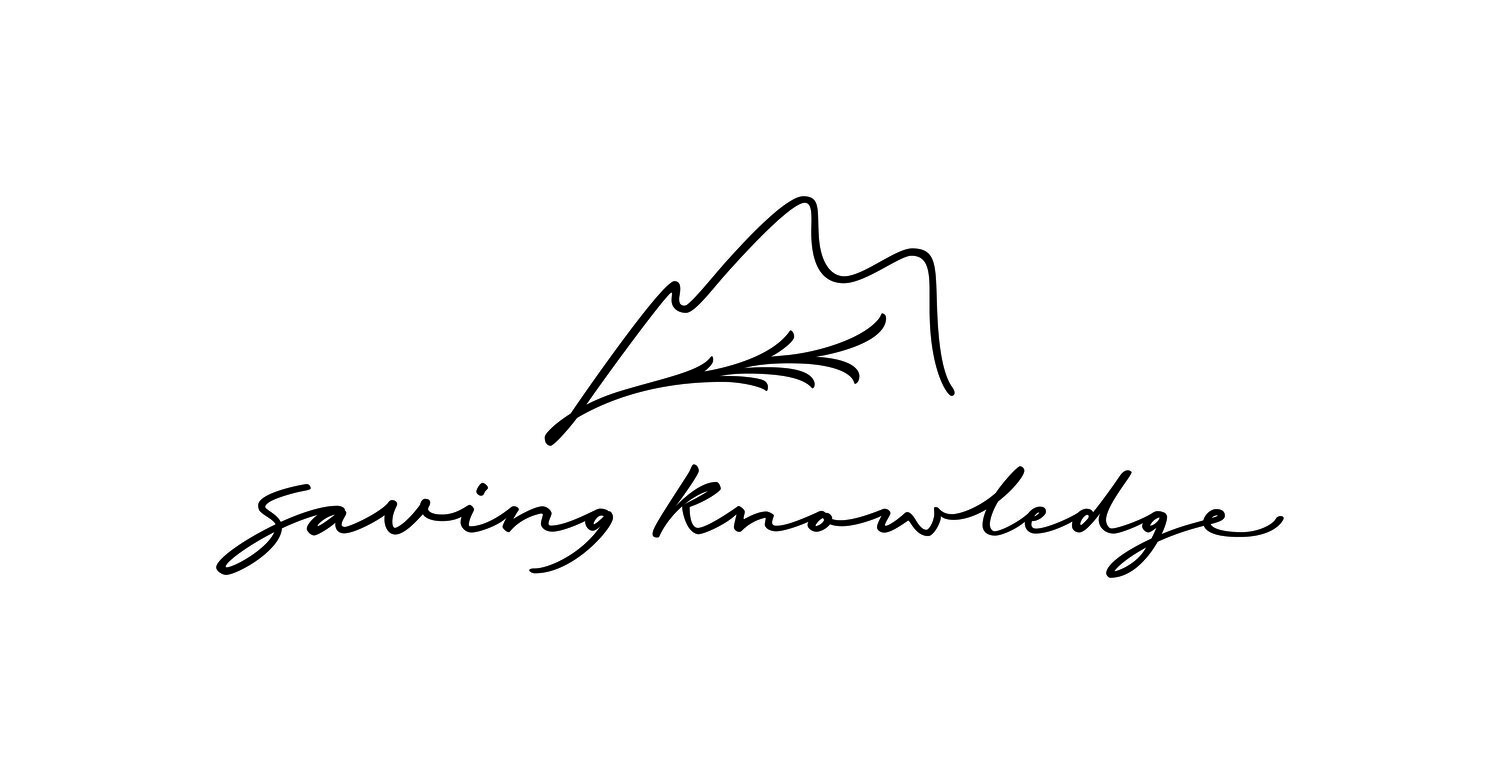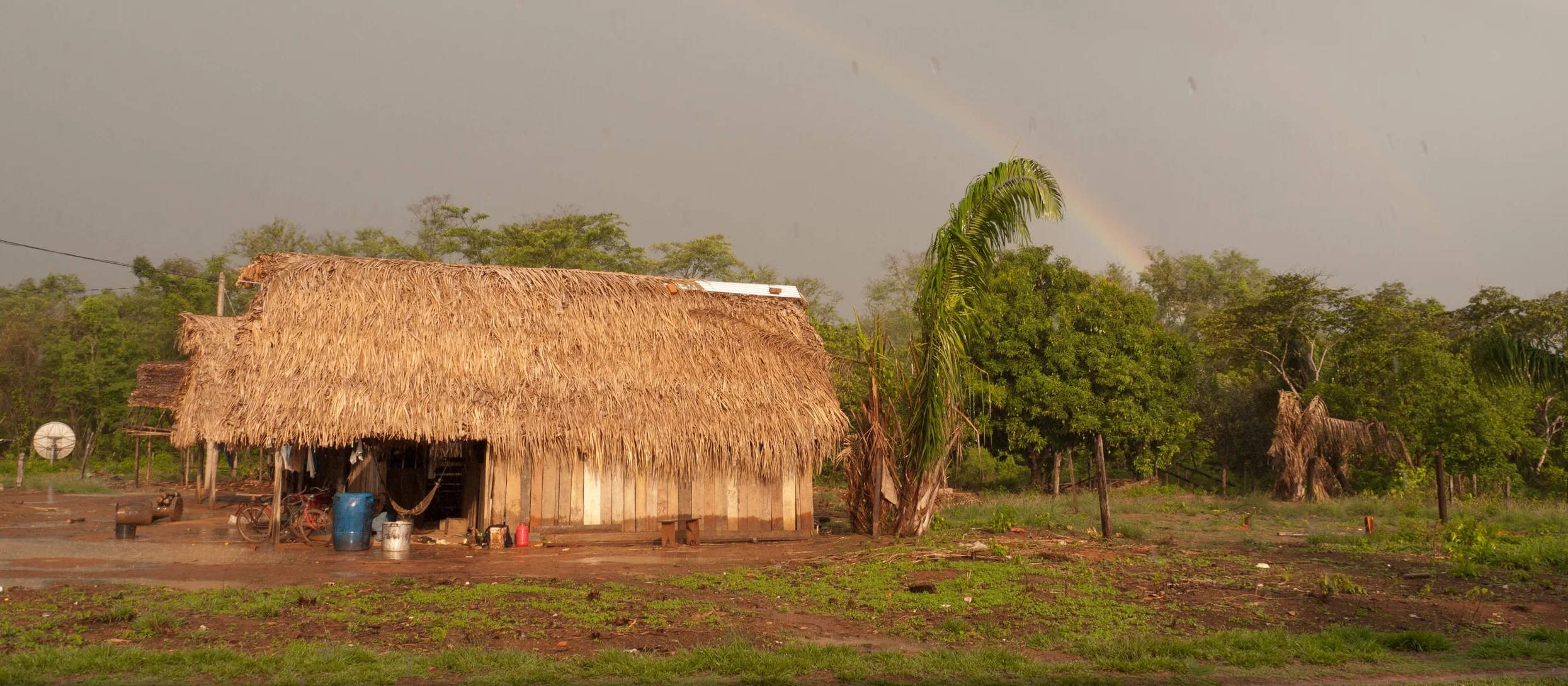Traditional Knowledge in a Changing World - the Chácobo in Bolivia
Bolivia has a rich diversity of indigenous cultures, with at least thirty tribes among eleven language groups. However, there are few detailed studies on the use of plants and resources by indigenous groups, and the authorities are still ignoring their knowledge of forest management. The Summer Institute of Linguistics (SIL) had a strong impact in changing the culture of many tribes in Bolivia, including the Chácobo. The SIL worked with Chácobo communities from 1953 to 1980, leading to a profound change of lifestyle, and a permanent process of acculturation. Brian Boom (Boom 1987) led the first ethnobotanical study of Chácobo from 1983-1984, documenting their knowledge after almost 30 years into this cultural change. Since then, essentially nothing has been published with regard to Chacobo ethnobotanical knowledge.
The study area― The Chácobo and Pacahuara
The Chácobo belong to the Panoan linguistic group that includes about twelve tribes (Chácobo, Pacahuara, Matis, Matses, Yaminahua, and others). At the end of the 1890s, the Chácobo lived as semi-nomadic hunters and cassava and corn cultivators, probably in two groups, one with six families and one with four, in northwestern Bolivia, roughly between Lake Roguagnado and the river Mamore, south of their current territory. During the rubber boom in the early 1900s, they were forced by more aggressive tribes to move north, where rubber tappers, who also brought disease and epidemics to the tribe, threatened them. The Chácobo managed to avoid most of the outside influences however, while other tribes in the region were hunted like animals to be enslaved to work in rubber stations. The Chácobo had their first permanent contact with the outside world only in 1953 with people from the Tribes Missions, and in 1954 the Bolivian government established an agency about 15 km from the current location of Puerto Limones. The missionary linguist Gilbert Prost arrived in 1955 under the auspices of the Summer Institute of Linguistics (SIL). According to Prost there were four Chácobo groups living between the Benicito and Yata rivers, with about 200 people (Boom 1987). Prost and his wife continued to live among the Chácobo until1980. In addition to translating the New Testament into Chácobo, they made some observations on cultural and linguistic practices. In 1964, Prost managed to buy a territory in the north of the Chácobo's ancestral lands, forming the community of Alto Ivon, and most of the remaining population moved there. In 1965, the Bolivian government finally assigned 43,000hectares of land to the Chácobo, although this area was less than 10% of their original territory. The influence of Prost caused profound cultural change among the Chácobo, including the abandonment of traditional costume and dance in 1969.Currently the population of the Chácobo community numbers about 500 people, with Alto Ivon as the largest settlement and Tokyo, Motacuzal, Siete Almendros, and other smaller communities along the Yata River. The current territory of the tribe encompasses 450,000 hectares, and is roughly equivalent to the original extent of the tribe's ancestral lands. The community of Alto Ivon, the center of the Chácobo territory, is located about 112 km south of Riberalta, along the river Ivon, a tributary of the Beni. The elevation is about 200 m, and can be classified as Amazon rainforest. Rubber trees (Hevea brasiliensis) and Brazilnut (Bertholletia excelsa) are abundant. The average annual temperature is 26.8°C, with an average annual rainfall of 1.56 mm, based on observations in Riberalta. A distinct dry season lasts from June to November. Formerly the Chácobo were led by a Cacique. Today there are two indigenous organizations: The Capitanía Mayor Chácobo, closely linked to the evangelists, and the Chácobo- Pacahuara Association, recognized by the Central Indígena de la Región Amazónica de Bolivia (CIRABO), supported by the Central de Pueblos Indigenas del Beni (CPIB) and the Confederacion de Pueblos Indigenas de Bolivia (CIDOB).
Methods
The project explores the current traditional ecological knowledge (TEK) on plant use of the Chacobo and Pacahuara in Beni, Bolivia and has three goals: 1) to discover and document current traditional plant knowledge through interviews and surveys, 2) to inventory the current flora of the region, and 3) to repatriate the acquired knowledge as well as previous data to the community.
Goal 1: We started fieldwork with a thorough prior informed consent session in May 2013, involving representatives of all 27 villages in the Chacobo Territory. This session included the repatriation of the results of our previous study on palms (Arecaceae). The results of the study, presented as full color book in Spanish, with the participating Chacobo collaborators as authors, was received with great enthusiasm. The local showed great enthusiasm to start the new study right away. Based on this 12 additional local counterparts were selected by the local population to be trained as interviewers and plant collectors.
In September 2013 we started a two-week workshop on ethnobiological methods and plant collection, raining the 12 selected counterparts. Training was conducted directly in the field in the central village of Alto Ivon, and involved theoretical exercises (overview on methodology of interviews, collection and herbarium techniques), as well as extensive practical exercises (structuring and testing of questionnaires, test interviews among the participants, field interviews with local community members, plant collection in the field, preparation of herbarium specimens, plant and artifact collection in the local community, databasing, initial data analysis).
Goal 2: With the background of taxonomic and herbarium training we simultaneously initiated the a floristic survey of the Chacobo territory. The survey follows the well-established Missouri Botanical Garden floristic studies methodology and selects locations throughout the Chacobo territory, representing all of the plant communities present, to record fertile species. The local assistants have been trained in botanical collection techniques and will continue to collect plants throughout the growing season, providing far superior coverage of plants that may not be in flower when MBG botanists are present. While all fertile species will be collected the main focus will emphasizing the presence and distribution of culturally important plants, for which interviewees will be asked to confirm correct identification. The results will include a checklist of species present on Chacobo territory and basic mapping of the distribution of culturally important species. We will compare our floristic survey with historical records of plants collected in the Missouri River Region (Boom 1987). The herbarium material will be deposited in the National herbarium La Paz, which is the institution easiest reached from the Chacobo homeland.
Goal 3: After concluding the fieldwork, we will host a useful plants workshop to share the information found, in printed and electronic forms and in a public presentation, with the local population, and discuss with the Chacobo how best to honor and preserve traditional knowledge within the community in the future. We will create a database that contains the information collected during interviews and the floristic survey. All members of the tribe will have access to compiled interview data for purposes of learning and education. The data collected will be a valuable resource to the community as a tool to preserve their traditional knowledge, and will encourage the launch of research projects and community activities so the information does not become static. Species identified as being most important to the community can be targeted for conservation and restoration activities





